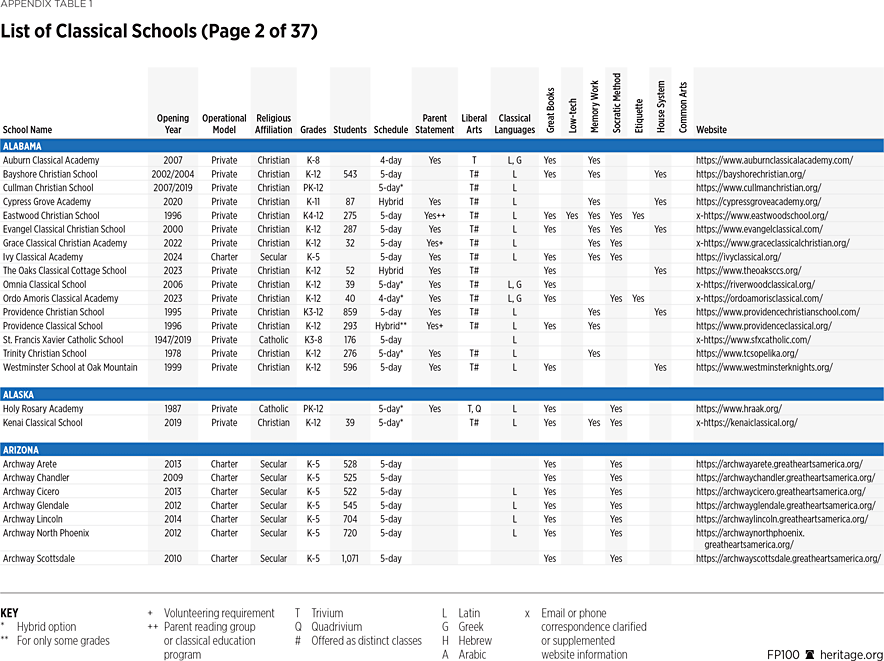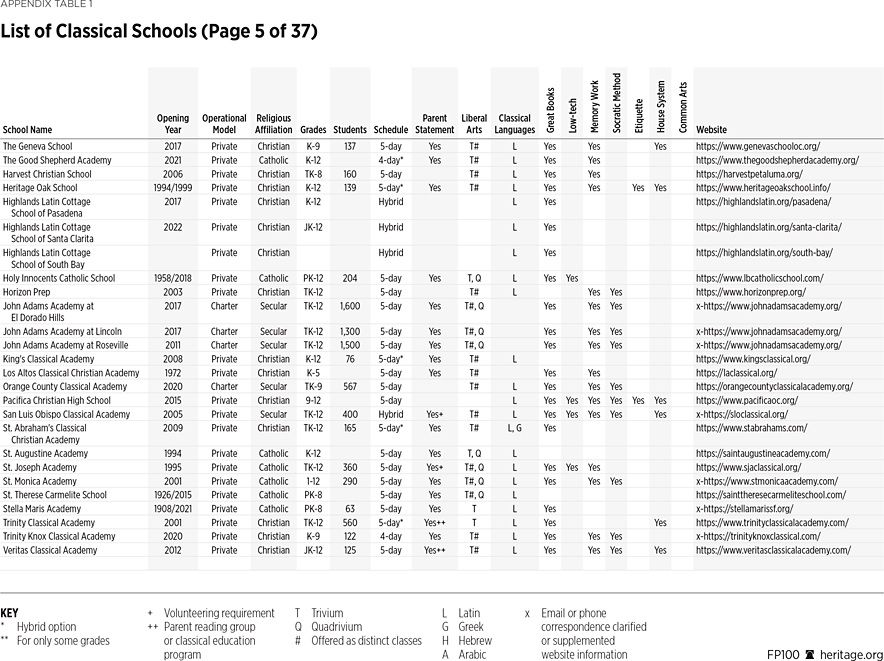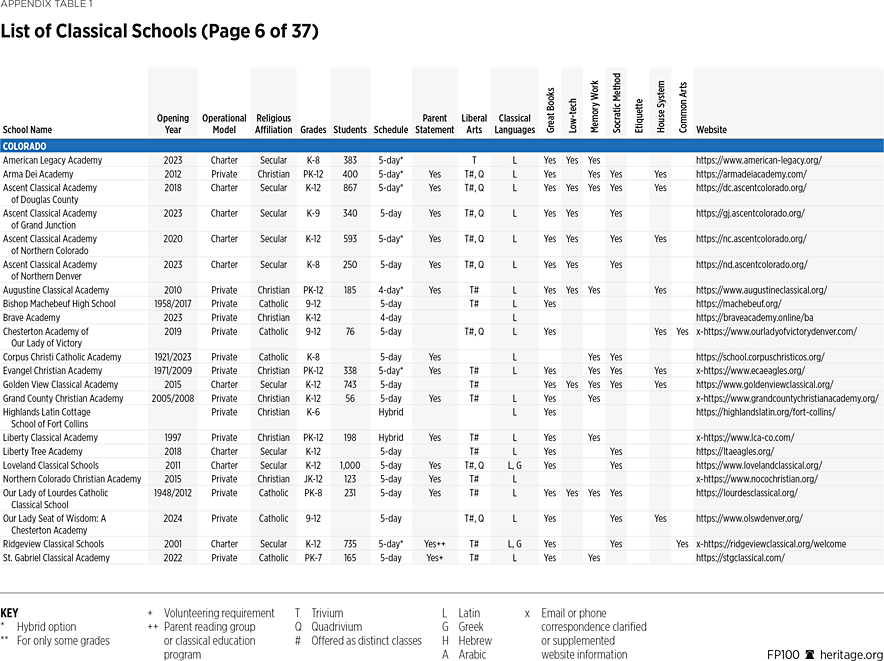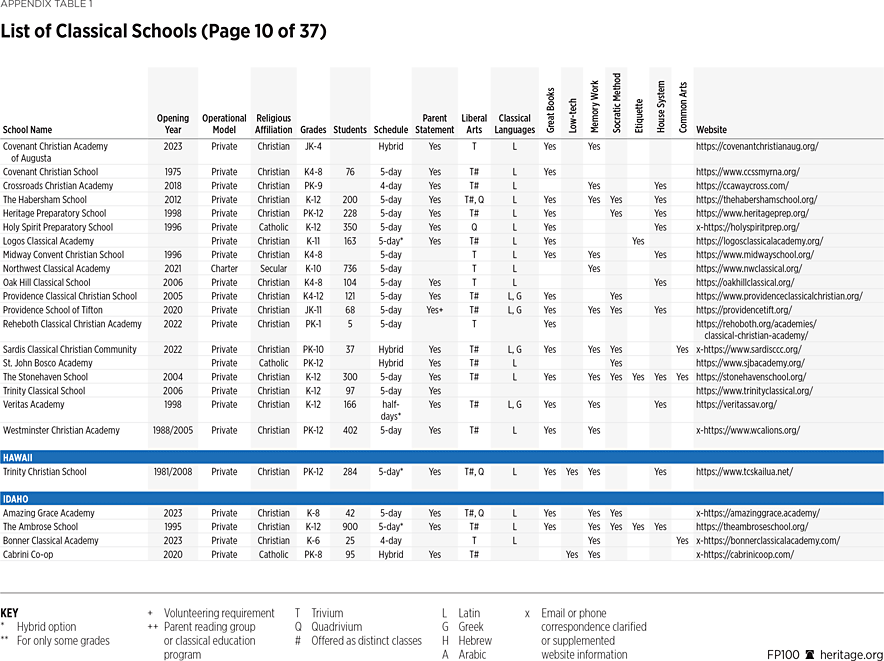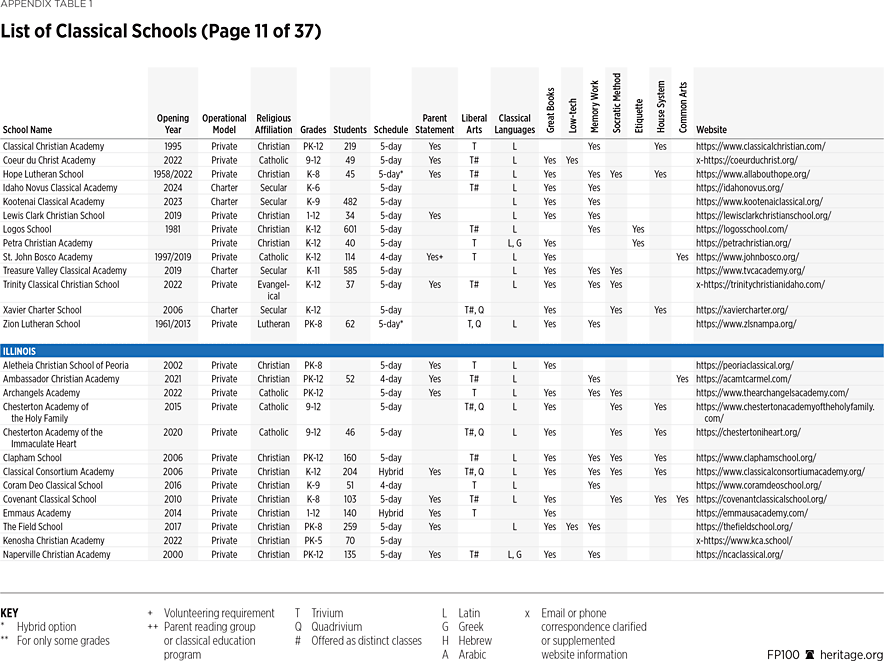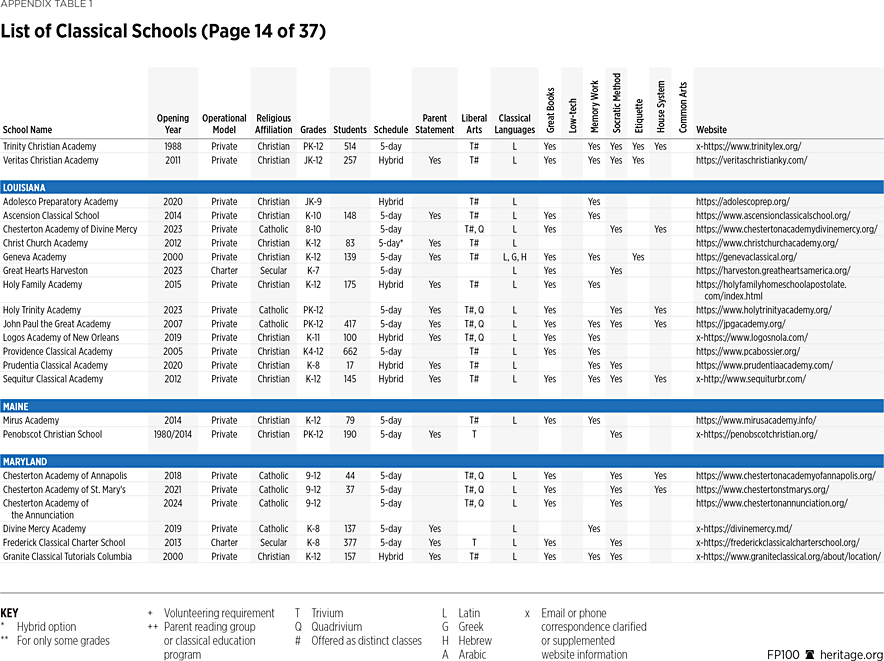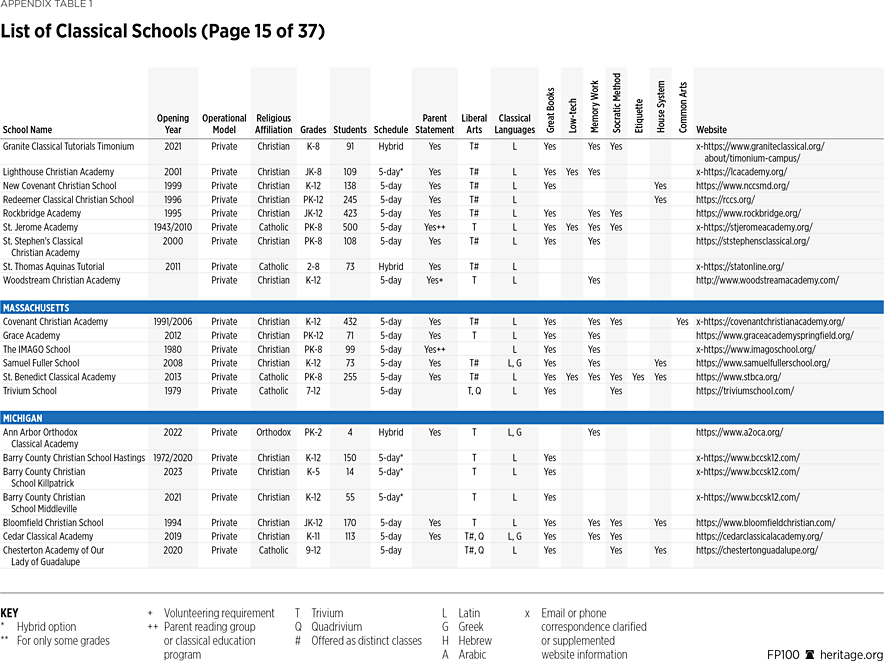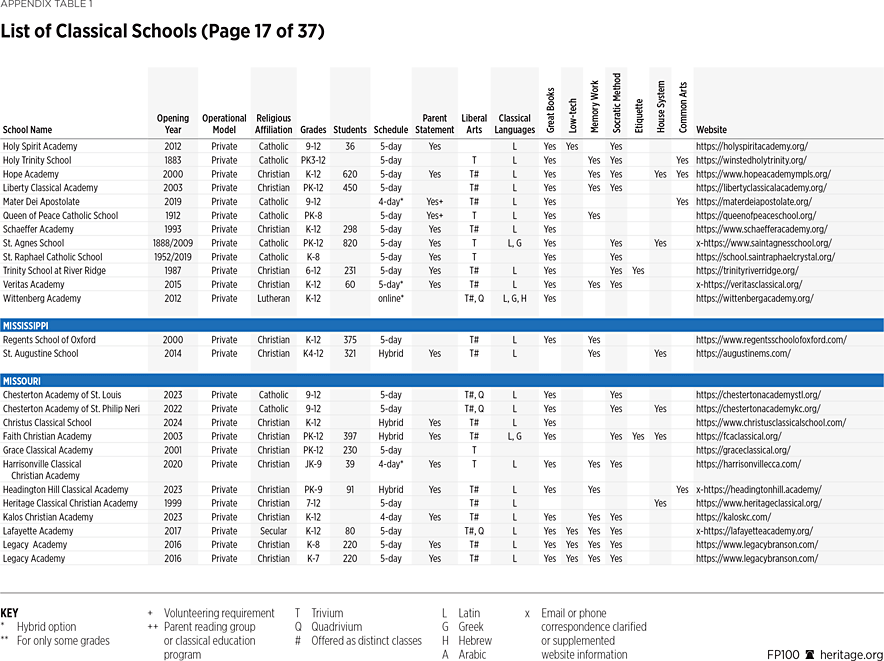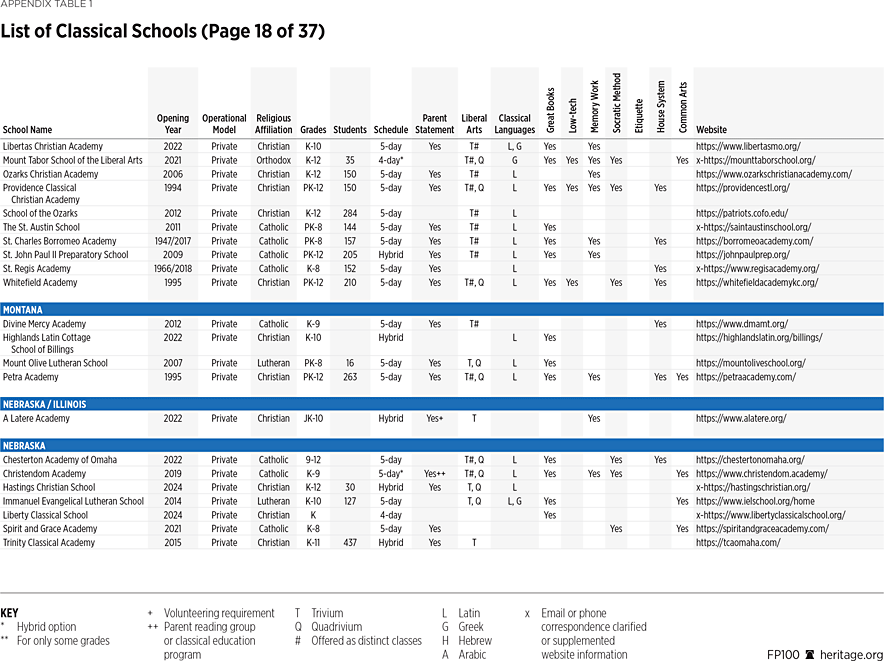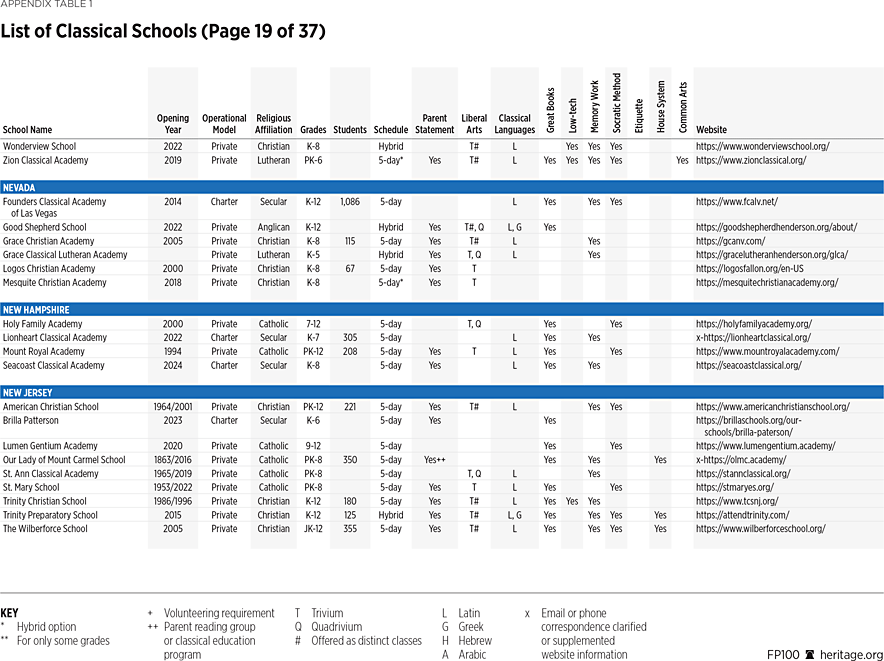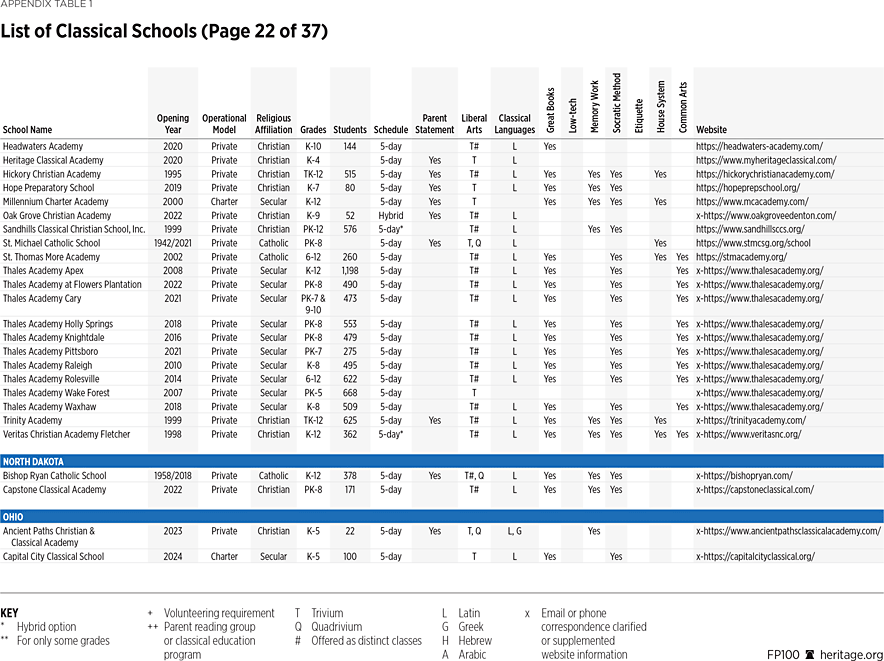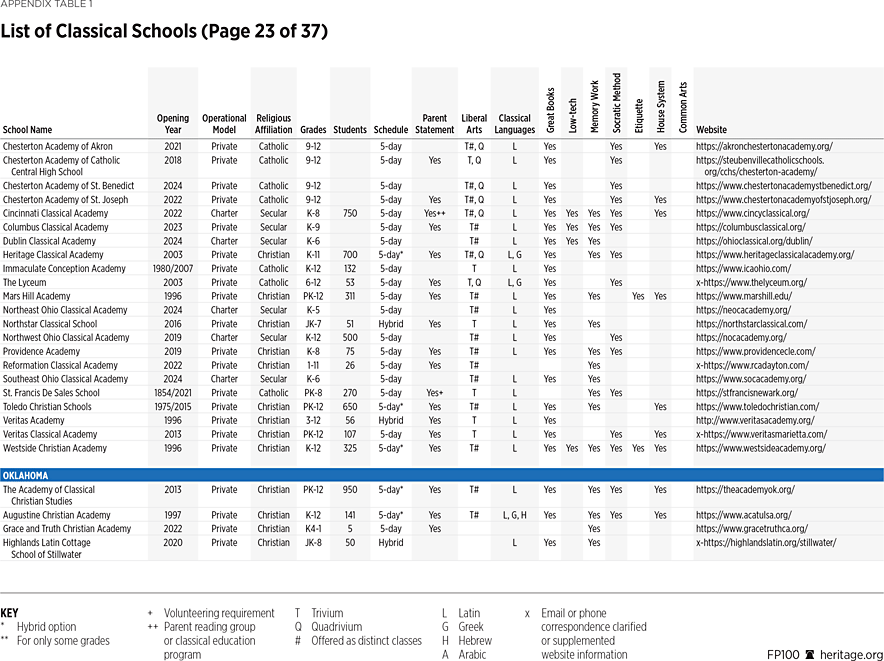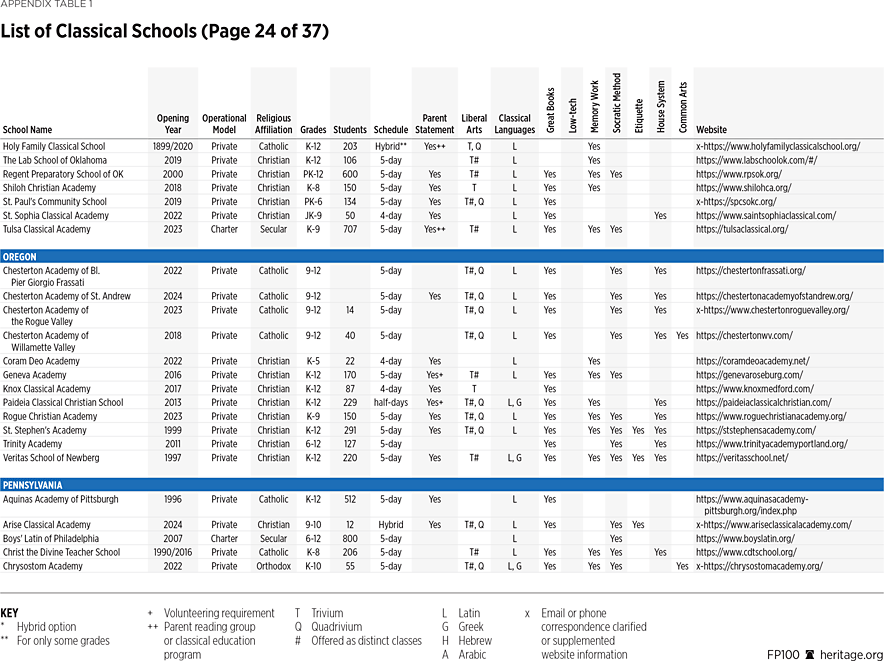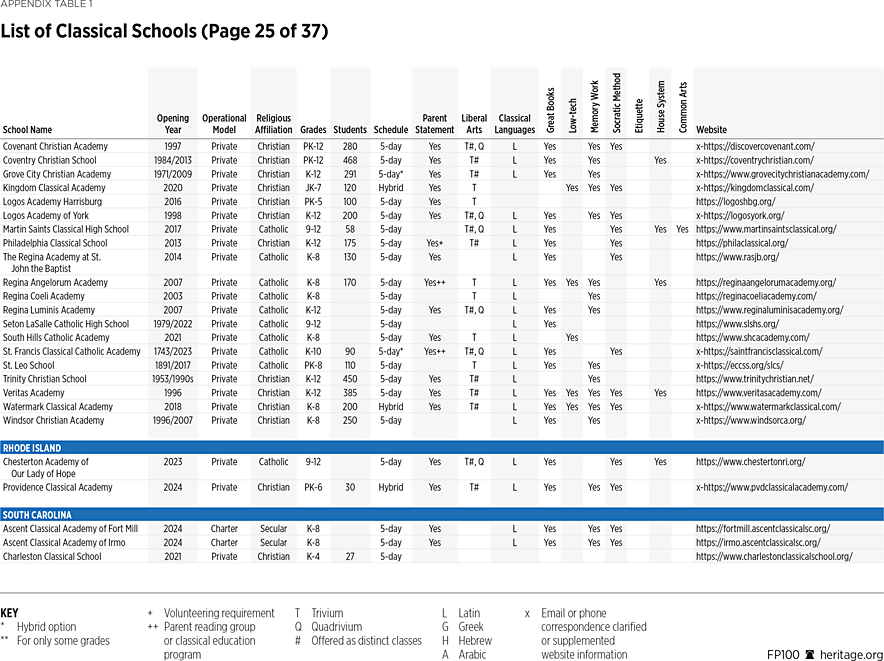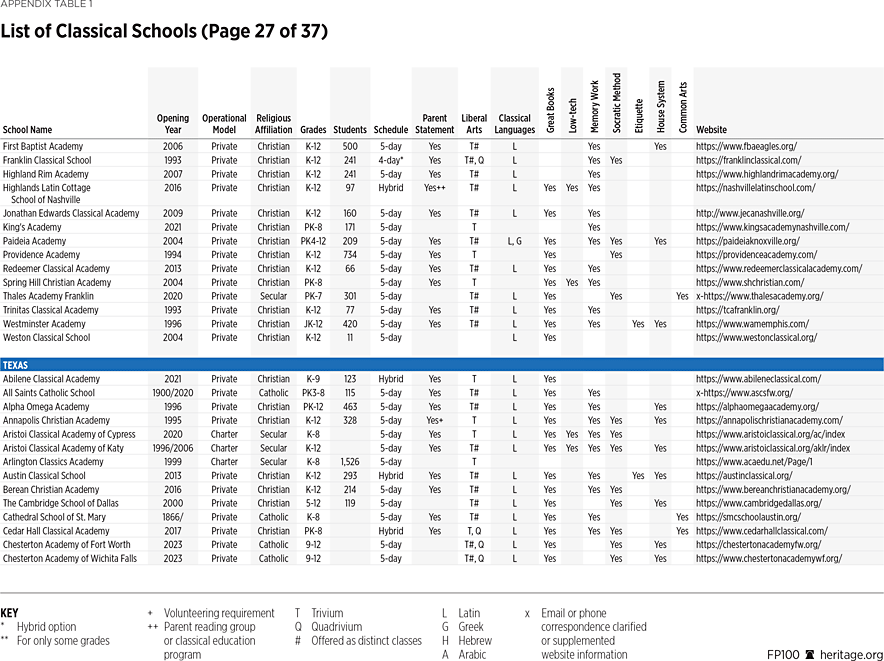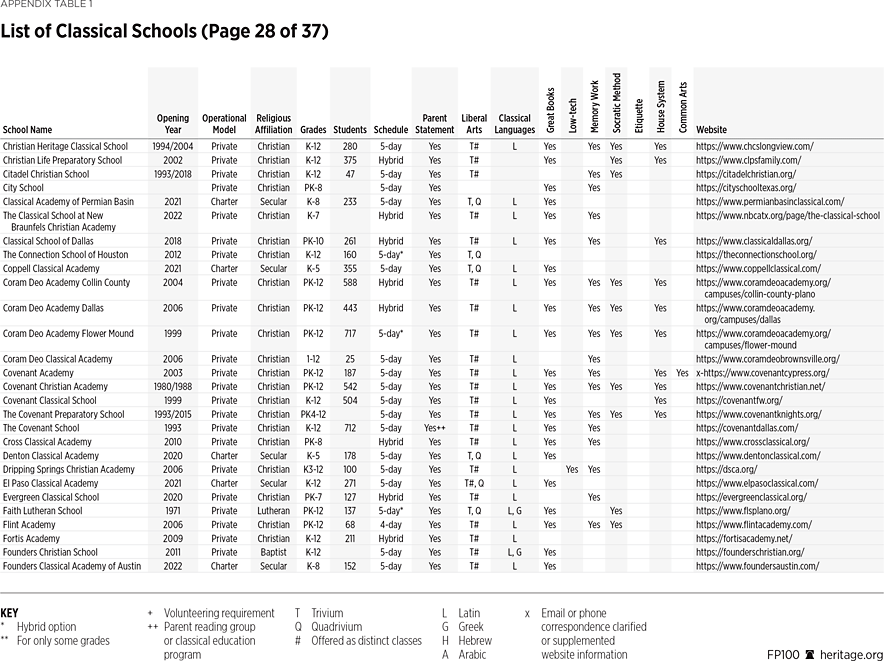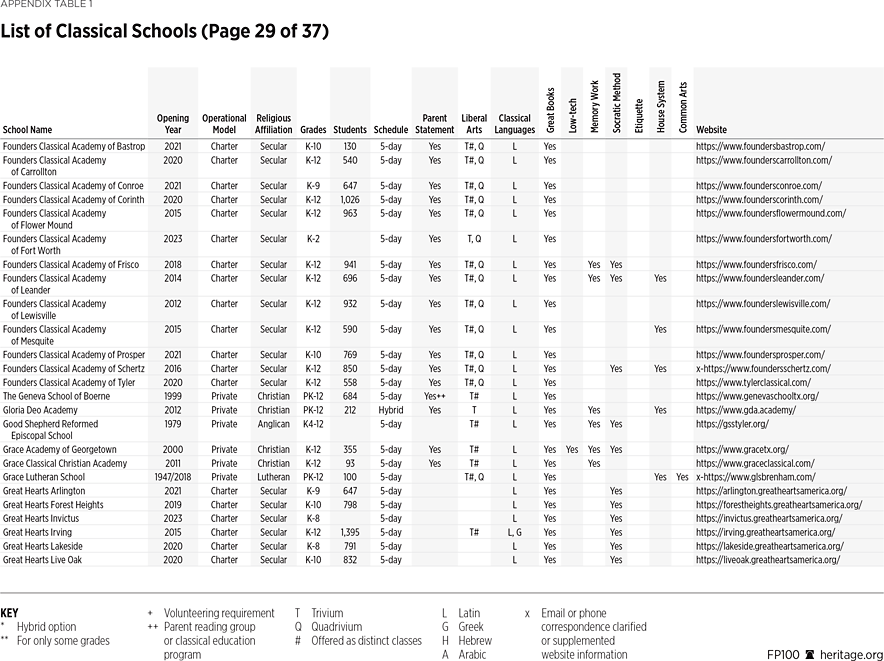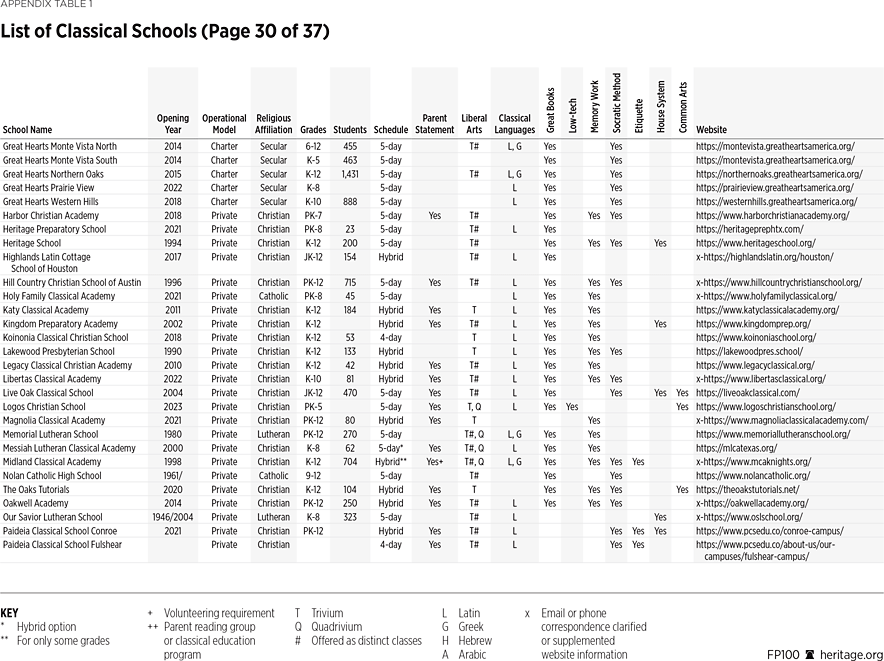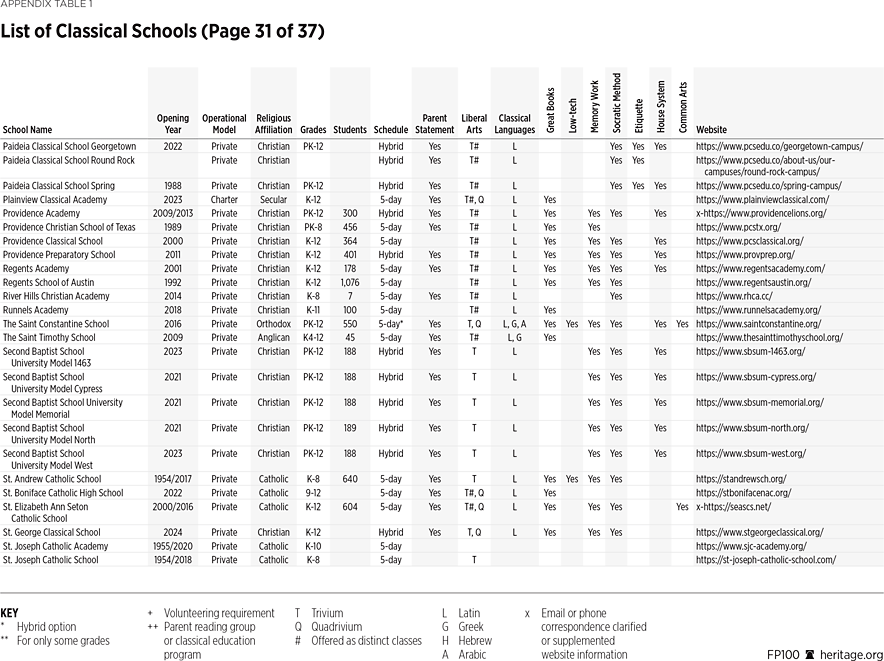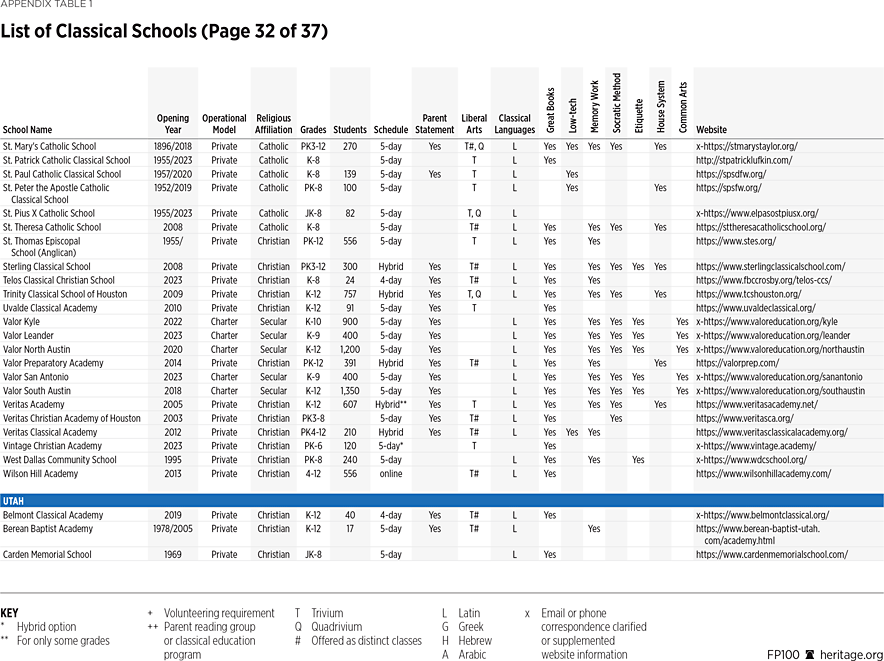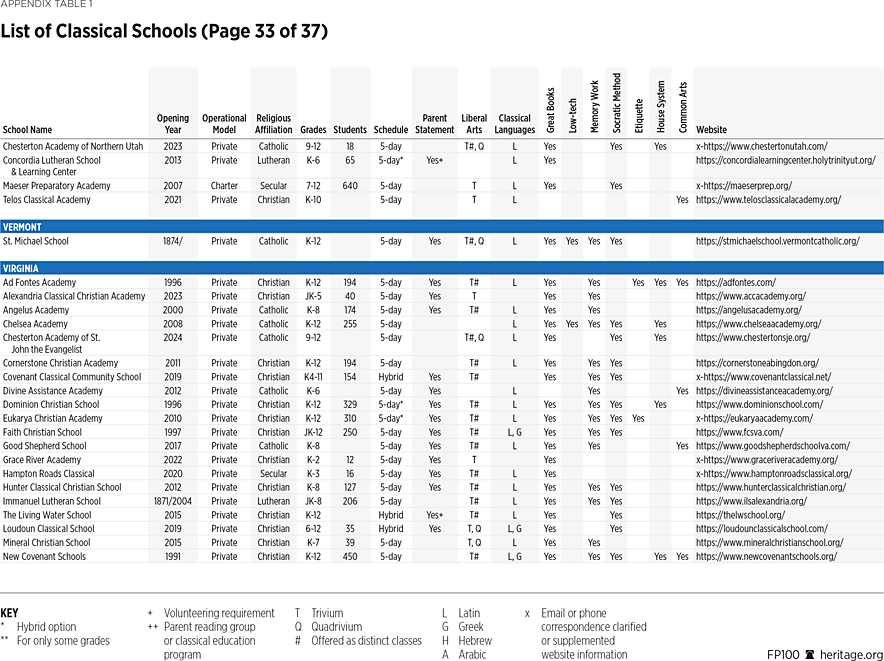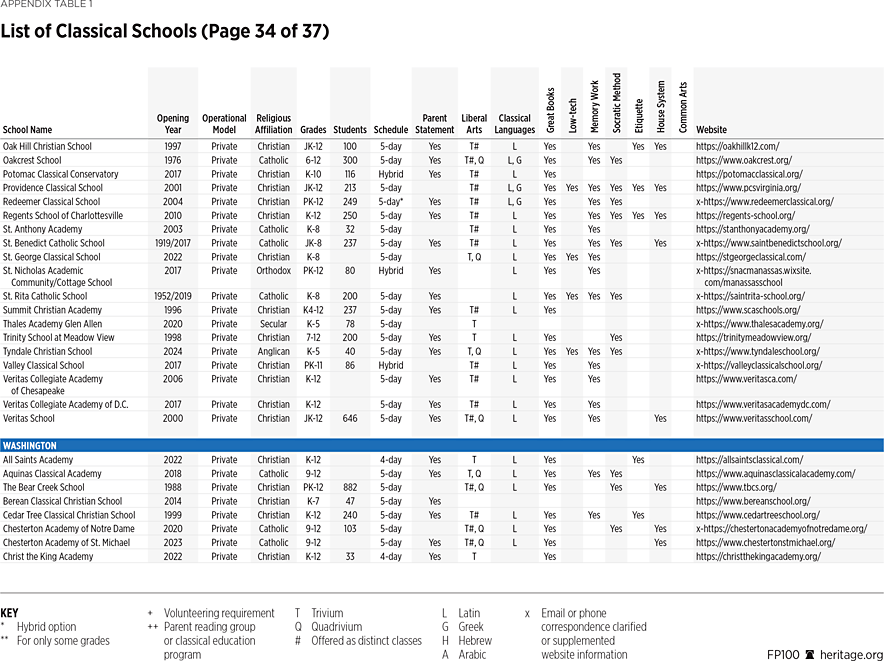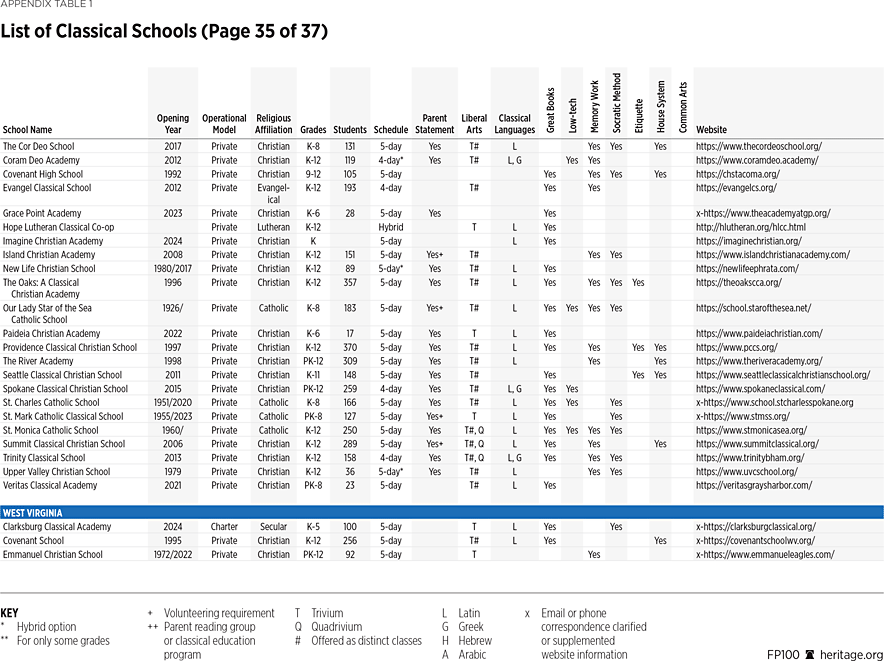In his 1943 book Education for Freedom, Robert Maynard Hutchins, then-president of the University of Chicago, warned against modern schooling’s unnatural extension of adolescence. “It has often been asserted on very high authority that the American educational system prolongs adolescence far beyond the point at which young people in other countries are turned out of education to assume adult responsibilities,” Hutchins wrote, lamenting the ways in which this slows maturation.REF Echoing his concerns across the pond but a few years later, British novelist Dorothy Sayers noted the stark contrast provided by the “remarkably early age at which the young men went up to the University in, let us say, Tudor times” against the “artificial prolongation of intellectual childhood and adolescence into the years of physical maturity which is so marked in our own day.”REF
In a day and age in which far fewer Americans are reaching the traditional markers of adulthood—work, marriage, and parenthood—Hutchins’s and Sayers’s complaints might sound quaint by comparison.REF Add to that the tragic mental health epidemic engulfing today’s children and adolescents, with rates of anxiety, depression, and self-harm skyrocketing, and the fate of American adulthood looks grim, indeed.REF Hutchins and Sayers, it turns out, were identifying the seed of a problem that is now full-grown. And that is that a society that fails to teach its youth the arts and virtues of self-government condemns them to perpetual childhood, thereby condemning itself to the “soft despotism” Alexis de Tocqueville feared democracy was vulnerable to. As Founding Father John Adams put it in a letter regarding the education of his own children, “If we suffer their minds to grovel and creep in infancy, they will grovel all their lives.”REF
American parents are recognizing the gravity of this crisis, however, and their response has been impressive. For the past four years, droves of American parents have withheld or withdrawn their children from the public school system—and state legislatures have noticed.REF Responding to parental demand for more options and input when it comes to their children’s education, lawmakers created and expanded education choice programs in over a dozen states in 2023 alone, a trend that has continued into 2024.REF But parents are not simply seeking education freedom. They are, in increasing numbers, seeking an education for freedom for their children—a classical liberal arts education that aims to form adults capable of understanding, exercising, and protecting their American rights and responsibilities. This paper constitutes an inquiry into that model of education by surveying the growing number of classical liberal arts schools committed to it.
Methodology
There are now more than 1,000 such schools throughout the U.S., over 250 of which have opened since 2020.REF Membership in two of the largest classical school associations—the Association of Classical Christian Schools (ACCS) and the Institute for Catholic Liberal Education (ICLE)—has doubled and tripled, respectively, over the past 10 years.REF Nor does that growth appear to be slowing any time soon, according to a recent market analysis by the education consulting group Arcadia Education.REF Citing several signs of increasing demand, not least of which are the waitlists reported by many classical schools, Arcadia predicted that the current pace of new classical school growth—which it estimated to be almost 5 percent per annum—will likely continue through the next decade.REF
In light of the classical school movement’s impressive growth—a remarkable demonstration of education freedom in action—this paper offers a survey of various schools that make up the movement today. What are the educational methods that unite these independent schools, and why are they appealing to increasing numbers of parents? In what ways do classical schools differ from one another, and do the differences between them undermine that unity? In order to capture the spirit of this movement without overlooking the diversity within it, this paper draws from the mission statements, educational philosophies, curriculum outlines, and co-curricular offerings of 882 classical schools, as well as the education reformers they cite as guides.REF
This method differs from that of most existing analyses of the classical school movement, which tend to focus on a handful of influential institutions or associations, rather than assess a comprehensive set of schools.REF To arrive at the 882 schools included in this study, research began with lists of schools in the U.S. affiliated with the nine largest classical school associations:
- The ACCS (accredited and full members);
- The ICLE;
- The Society for Classical Learning;
- The Classical Latin Schools Association;
- The Consortium for Classical Lutheran Education;
- Great Hearts Academies;
- The Chesterton Schools Network;
- The CiRCE Institute; and
- The Hillsdale College K–12 Office, which includes its Barney Charter School Initiative.REF
Among the schools affiliated with these organizations are those that were not initially founded as classical schools, but either have adopted or intend to adopt a classical curriculum. To avoid including the latter—those exploring but not yet actively offering a classical education—the study excluded from its final selection those that make little to no mention of providing a classical liberal arts education on their websites, as well as those that plan to open their doors in 2025 or later.REF The 882 schools that remain, on the other hand, all explicitly profess to provide a classical liberal arts education on their school websites and demonstrate that commitment through their mission and vision statements, educational philosophies, curriculum maps, and, where possible, e-mail and phone correspondence with school administrators.
Study of these materials—and the education reformers they reflect—reveals three ideas that seem to animate the work of classical schools and unite them into a cohesive movement. First, classical schools understand education to entail passing down the wisdom of past generations. Second, in part because this intellectual tradition is so rich and complex, classical schools seek to prepare students for a life of learning, whether that continues at the university level or not, by equipping them with the habits and skills necessary to learn for themselves. And lastly, classical schools understand this preparation to require formation of character as much as intellect, for the moral and intellectual virtues, though “two in speech,” to borrow a phrase from Aristotle, are “naturally inseparable.”REF In short, classical schools equip students with the knowledge, wisdom, and virtue essential for appreciating, practicing, and preserving their American freedoms.
The Great Tradition
In his 1943 “Autobiography of an Uneducated Man,” Hutchins described his own school days as “a business of passing examinations and meeting requirements,” a business he succeeded in well enough to go on to study at Oberlin and Yale.REF Yet despite the prestige of his alma maters, Hutchins arrived at the end of his undergraduate education with “no understanding of science, mathematics, or philosophy,” nor much knowledge of literature.REF “What is perhaps more important,” Hutchins wrote, “I had no idea what I was doing or why.”REF When, in law school, he stumbled upon the liberal arts of grammar, logic, and rhetoric, as well as the great works of philosophy, history, literature, and law that have built Western civilization, he realized that the fragmented and test-driven schooling he had endured until then had been no education at all, a lesson that informed his later efforts to reform the undergraduate education at the University of Chicago.REF “To be free,” Hutchins concluded, “a man must understand the tradition in which he lives.”REF
Hutchins is not a name typically invoked in synopses of the modern classical school movement in America—a movement that did not begin in earnest until the 1980s—but at least a dozen schools cite his influence, and with good reason: Many classical schools’ founding stories echo Hutchins’s autobiography.REF A parent or group of parents catches a glimpse of the rich intellectual tradition that has shaped human history, and they feel awed—and robbed. To avoid depriving their own children of this intellectual inheritance, they start a school. And they ground its curriculum in the liberal arts and great books that have stood the test of time.
Liberal Arts. Hence, over 85 percent of the classical schools in this study teach some or all of the ancient and medieval liberal arts of grammar, logic, rhetoric, arithmetic, geometry, astronomy, and music.REF The first three—grammar, logic, and rhetoric, or the trivium—entail the study of language. Students learn not only the parts of language (including those of the classical languages of Latin and/or Greek), but also the principles of formal logic and rhetoric so that they may learn to reason, speak, and write well.REF This study of order and beauty in language in turn prepares them for the study of order and beauty in number through the arts of arithmetic, geometry, astronomy, and music: the quadrivium.REF Education in these arts dates back to the time of Plato and Aristotle, but also formed the basis of the American grammar schools of the Founding era, which American historian Andrew H. Browning defines as “school[s] that taught Latin grammar through classical literature,” in addition to teaching arts like logic, rhetoric, arithmetic, and geometry.REF
Great Books. Classical schools—at least 80 percent of the schools in this study—revive this education in the liberal arts in large part through encounters with the “masterpieces of the liberal arts,” as 20th-century American philosopher Scott Buchanan, founder of the great books program at St. John’s College in Annapolis, Maryland, described the classics, or the great books.REF In this, too, they resurrect not just a Western intellectual tradition, but a distinctly American one, reading the same classics that inspired many of the Founders.REF Classical schools teach these texts—ranging from Homer’s Odyssey, Euclid’s Elements, and Shakespeare’s plays to the Declaration of Independence—not simply because they have impacted the course of history, and therefore our own time, but because they transcend time. Indeed, the principles of geometry, as well as those of human nature investigated by Homer and Shakespeare, remain as true today as they did thousands of years ago. An education steeped in this intellectual tradition thus prepares students for the timeless pursuit of the transcendentals—truth, goodness, and beauty.
Religious Tradition. Classical schools manifest their commitment to transmitting the “wisdom of the ages” in other ways as well.REF While all teach the classical liberal arts, about 80 percent of the schools in this study also teach the religious intellectual traditions that have formed the West, and do so in ways that go beyond simply opening and closing the day with prayer.REF Christian classical schools, for instance, teach the Christian intellectual tradition, beginning with the text of the Bible, but also including writings of early Church Fathers like Ignatius of Antioch and Augustine of Hippo.REF Catholic liberal arts schools further incorporate the texts that pertain to the Catholic intellectual tradition, teaching Catholic novelists, doctors of the Church, and the papal encyclicals that constitute Catholic social teaching.REF And as the first Jewish classical school prepares to open its doors this fall, it offers a model for what a distinctly Jewish classical education might look like, with plans to teach Hebrew, the Tanakh, and the texts of modern Zionism.REF
Local Tradition. Far from uniform, classical schools differ by commitment to particular religious denominations—or to religious neutrality—as well as by commitment to particular local traditions. Bonner Classical Academy, for example, a new classical school in northern Idaho, offers a robust program in the mechanical arts—from woodworking to circuitry—an homage to the living tradition of homesteading so prevalent in that region.REF Similarly, Covenant Academy, a classical school northwest of Houston, partners with a nearby long-standing 10-acre farm, both to give students hands-on experience with agricultural projects and to “provide students with a connection to the experiences of local people in history,” the academy’s website reads.REF While these variations in curriculum distinguish classical schools from one another, they flow from a conviction the schools share: that education concerns passing down the intellectual and cultural traditions that undergird American communities today.
Parents as Educators. The pride of place that classical schools give to the family also flows from this conviction. Consistent with their parent-driven origins, classical schools tend to recognize parents as the primary educators of their children and therefore partners—rather than subordinates—to the school, with almost 70 percent of the schools in this study including explicit statements to that effect on their websites.REF Nor are these statements all talk. Some schools encourage parental involvement by permitting parents to pay for a portion of tuition through hours volunteered at the school, while others invite parents to study the texts their children are reading by providing classical education programs for them or hosting parent reading groups.REF And a growing number of classical schools—about 30 percent, currently—further embrace their partnerships with parents by implementing hybrid learning models, which combine in-class and at-home instruction.REF By both bringing the liberal arts into the home and leaving space in the school week for the education family life provides—whether through grandparents’ old stories or parents’ homemaking arts—classical schools make the Western tradition a family tradition.
The Art of Learning
The Western intellectual tradition in which classical schools anchor their curricula is vast, spanning thousands of years and almost every continent, and encompassing works of philosophy, history, mathematics, science, theology, poetry, economics, and law—not to mention music, architecture, and fine art. The questions these works raise, moreover, demand a lifetime of study, as do the arts they give expression to. For these reasons, classical schools presume not to complete a student’s education, but to prepare him to complete it for himself. Indeed, most schools’ mission and vision statements explicitly promise to equip students with the tools they need to become “lifelong learners,” prioritizing this end over the aims of college- or career-readiness.
In this, they echo the reformers that helped to inspire the classical school movement, who understood the pursuit of wisdom and knowledge through the classical liberal arts to take a lifetime. “Schooling is the preparatory phase,” Mortimer Adler, Hutchins’s friend, co-editor, and fellow professor at the University of Chicago, wrote in The Paideia Proposal, a text occasionally cited on classical school websites. “[I]t forms the habit of learning and provides the means for continuing to learn after all schooling is completed.”REF For “there is not one period of life, our school days, in which we sit down to regular meals of intellectual diet, but we must eat every day in order to live,” British educational reformer Charlotte Mason, another 20th-century influence on classical schools, explained in An Essay Towards a Philosophy of Education.REF Hence, as Sayers, whose famous 1947 essay, “The Lost Tools of Learning,” remains a leading source of inspiration for classical schools, concluded, “For the sole true end of education is simply this: to teach men how to learn for themselves; and whatever instruction fails to do this is effort spent in vain.”REF
Attention and Memory. The “tools of learning” classical schools equip students with are not those typically found in modern classrooms—textbooks, projectors, or the ever-prevalent personal tablets. Rather, the tools classical schools focus on honing are the mental powers inherent to human nature that, like their physical counterparts, will enervate if usurped by external aids. Foremost among these capacities are those of attention and memory.REF Out of concern for the former, some classical schools cultivate a deliberately low-tech environment, reducing exposure to artificial stimulation in order to safeguard what Mason called children’s natural “power of concentration.”REF For similar reasons, classical schools heed Mason’s warnings against the use of textbooks, preferring primary sources, since, in replacing firsthand accounts of history, science, and art with outlines and summaries, textbooks deprive students of the need to attend to the details themselves.REF
In addition to exercising students’ powers of attention through the reading of good books, teachers in turn prompt their exercise of memory by having them recall orally what they have read, either through Mason’s method of narration, in which students describe what they have read, or, more commonly, through recitation, which Sayers recommends.REF Indeed, almost 60 percent of the classical schools in this study incorporate memory work into their curricula.REF By teaching students to know by heart, or memorize, the important facts of history, geography, and literature they come across in books, classical schools not only strengthen students’ powers of attention and memory, but they also arm them with yet another piece of “intellectual equipment,” what American education reformer E. D. Hirsch dubbed “cultural literacy.”REF “Reading and writing are cumulative skills,” Hirsch, whom classical schools also cite as a resource, explained in his 1987 book Cultural Literacy; “the more we read[,] the more necessary knowledge we gain for further reading.”REF
Reason. However vital the “core knowledge” Hirsch and Mason highlight may be, classical schools understand that facts are useless without a corresponding capacity to reason about them.REF Hence, just as they teach phonics, handwriting, and arithmetic so that students may learn how to read, write, add, and subtract, classical schools also teach classes on formal logic so that students may learn how to reason. While over 85 percent of the classical schools in this study express commitment to teaching the trivium, 65 percent further specify the dedication of particular courses to the formal teaching of logic, rather than solely approaching logic as a stage in the process of learning other subjects.REF Good Shepherd School, for example, a Catholic classical school in Purcellville, Virginia, describes its classes in formal logic as studies in the “art of the syllogism,” in which students learn “to draw valid conclusions from premises, to identify the premise of an argument, and to carefully find the point of disagreement should we differ from the conclusion.”REF Just as students are expected to use their reading, writing, and arithmetic skills in the course of their other studies, so, too, are they expected to apply the principles of logic in all of their studies, whether translating Latin, interpreting a work of literature, evaluating an event of history, or proving a mathematical theorem.
It is these principles of logic, in fact, that anchor Socratic seminars at classical schools, in which “teachers guide and coach students in respectful debate, clear and logical argument, persuasive rhetoric, and careful questioning,” as St. Jerome Institute (SJI), a Catholic classical high school in Washington, DC, describes its seminars in humanities, art history, natural philosophy, and mathematics.REF Inspired by the dialogues between Socrates and his interlocutors recorded in Plato’s writings, Socratic seminars typically focus on a central text (or work of art or mathematical concept, depending on the subject matter) that students then probe through discussion.REF With the teacher’s guidance, students not only come to better understand the text or question at hand, but they also learn how to have an enriching conversation—how to identify clarifying questions, how to articulate ideas eloquently, and how to engage one another’s ideas, in turn, as Trinity Academy, a Christian classical school in Portland, Oregon, puts it.REF
By instructing students in the art of conversation, classical schools equip them with yet another tool for lifelong learning, teaching them how to learn with and from one another, both face-to-face and text-to-text. For through seminar discussions of seminal texts, students encounter fruitful disagreements not just between themselves, but between the great thinkers of the Western intellectual tradition, who often disagreed with one another pointedly, offering competing arguments for what it means to live well. Nevertheless, in doing so, great texts demonstrate a shared concern for truth, goodness, and beauty, as well as a shared faith in human beings’ capacity to reason together about the world around them. Indeed, among the many names this intellectual tradition goes by—the “great books,” the “history of ideas,” the “best which has been thought and said”—the one most fittingly used by classical schools is that of Hutchins and Adler, who called it “the great conversation.”REF
Character Formation
As an intellectual endeavor, conversation demands the exercise of intellectual skills—the capacities for attention, memory, reasoning, and rhetoric that classical schools seek to cultivate through their teaching methods. But it also demands the exercise of moral virtue. Listening to another’s comments, for example, requires the humility to recognize that one does not know everything, as well as the moderation of one’s desires to speak instead. Sharing one’s own thoughts or questions, on the other hand, might require courage, should they contradict or raise doubts about the opinions of one’s peers. Recognizing a close connection between the virtue of one’s character and the success of one’s pursuit of knowledge and wisdom, then, classical schools seek to form students’ hearts and souls as much as they form their minds.
Decorum. For most schools, this formation takes place through the curriculum itself, as students discover examples of virtue (and vice) in the books they read, from C. S. Lewis’s The Lion, the Witch, and the Wardrobe to Aristotle’s Nicomachean Ethics. But many supplement this formation by upholding high standards of decorum. Nearly all classical schools, for instance, require uniforms, with many explaining on their websites that they do so in order to instill a sense of dignity, modesty, and propriety among students.REF
Some classical schools go further in this regard, explicitly teaching standards of etiquette, both within the core curriculum and as stand-alone courses.REF At Pacifica Christian High School in Newport Beach, California, for example, seminars include instruction in “basic table manners, including the importance of looking people in the eye, addressing people by name, employing attentive body language, and listening completely before responding to a person’s comments.”REF But at Westminster Academy, a K–12 classical school in Memphis, Tennessee, “protocol” is taught as its own course, in which students learn skills ranging from how to make an introduction to how to make a toast.REF Far from breeding snobs, classes like these teach students to consider others before themselves, observing principles of etiquette not as a matter of virtue-signaling, but as a matter of serving their fellow man.REF
Common Arts. For the same reason, some classical schools have also begun supplementing their liberal arts curricula with instruction in the common arts, which encompass the practical skills that meet basic human needs, such as gardening, navigation, plumbing, cooking, and sewing.REF At The Stonehaven School in Marietta, Georgia, for example, upper-level students take responsibility for “hands-on stewardship of the land,” from composting to canning harvested produce.REF A mandatory sequence in industrial arts at Thales Academy, on the other hand, teaches students how to woodwork and fix machinery, while St. Jerome Institute’s “practicum” teaches basic engine maintenance.REF Education in these arts cultivates virtues of industry, thrift, and self-reliance in students, but, as with etiquette education, it also ultimately enables them “to be of greater service to others,” as SJI puts it, whether at home, on campus, or in the greater community.REF
Community. House systems further facilitate this character formation by “challeng[ing] students to hold one another accountable in the pursuit of a virtuous life,” as Saint Agnes School, a K–12 Catholic classical school in St. Paul, Minnesota, describes.REF Inspired by a British boarding school tradition, house systems sort all students into “houses,” or communities that encompass members from all upper grade levels, so as to foster friendship and mentorship across differences in age, ability, and interests. At the roughly 240 classical schools that have them, student-led houses meet and compete throughout the year in categories ranging from academics and athletics to hospitality, common arts projects, and community service.REF As a result, students learn that they are their “brother’s keeper,” responsible not only for their own pursuit of virtue, but for one another’s as well.
A Reason for Hope
In 2019, University of Notre Dame sociologists conducted a study of 24- to 42-year-old alumni from a range of K–12 educational institutions—public schools, secular private schools, religious private schools, homeschools, and classical Christian schools—comparing traits such as college- and career-readiness, independence of thought, and involvement in local communities.REF In order to isolate the effects of schooling from factors like family income, religion, frequency of family church attendance, and parents’ marital status, researchers calibrated the data through a regression analysis.REF Even so, the classical graduates stood out, and not just in their achievements. Classical school alumni professed healthier outlooks on life than their non-classical counterparts, indicating remarkably greater gratitude for their lives, direction and resilience in their sufferings, trust in their fellow citizens, and confidence in dealing with life’s problems.REF
The grit and hope that classical school alumni harbor reflects the liberal character of the education they have received. By inviting students to join mankind’s greatest thinkers in pondering life’s deepest questions, a classical liberal arts education broadens students’ horizons beyond the opinions and anxieties that dominate their own place and time. And by equipping them with the virtues necessary to learn for themselves, it prepares them to continue their education, bearing fruit not just for themselves, but for their neighbors as well.
These virtues are as emblematic of America’s intellectual tradition as they are essential for her future. America’s Founding rests, after all, on the hope that human beings are capable of self-rule—of rising above their passions and infirmities and living well. As historian Wilfred McClay puts it, “nothing about America better defines its distinctive character than the ubiquity of hope, a sense that the way things are initially given to us cannot be the final word about them, that we can never settle for that.”REF Classical schools not only understand this character, but impart it to their students. And in doing so, they give this land hope.
Rachel Alexander Cambre, PhD, is a Visiting Fellow in the B. Kenneth Simon Center for American Studies and the Center for Education Policy at The Heritage Foundation.

